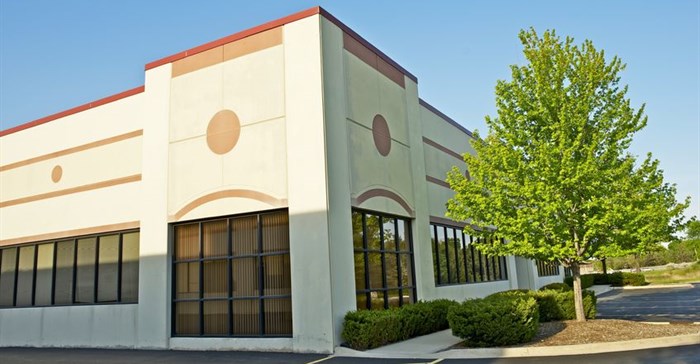
Deciding whether or not to renew a lease or relocate, requires some financial analysis around the anticipated lease costs. First, you'll need to compare occupancy costs to various alternatives in the marketplace. This is important because what often appears to be the best deal on the surface in reality may not be the best alternative after evaluating all the economics involved.
Although the concept of leasing commercial space is simple, office and warehouse leases have an increasingly complex financial structure. How does one establish the true cost of a lease?
A typical commercial lease may include the following:
Once you've established occupancy costs for each option, it's easier to understand the underlying economics of the proposed lease transactions. With this figure in hand, calculate the occupancy costs over the term of the lease.
The projected annual cash flows are subjected to discounted cash flow analysis at an appropriate discount rate or cost of capital to account for the time value of money. The results are the price of the deal or the net present value (NPV).
The discounted present value of the lease as a level rate per square metre allows you as the tenant to measure the comparative financial structures of each lease proposal. When comparing alternatives, analyse the occupancy costs in terms of rentable and usable square metres, so you can account for differences in common area factors and overall space efficiency. The result is the effective occupancy cost per square metre, which provides a meaningful comparison of the each unique property opportunity.
Understanding the overall cost implications will improve your chances of securing a competitive deal. For an effective negotiation, you need to have a thorough understanding of the deal economics, which allows you to gauge the impact of various economic components on the value of each lease.
Comparing rental rates and negotiated concessions to alternative transactions in the market is a useful way to compare different conditions. Our objective on behalf of our clients is to structure the transaction where the landlord is accommodating and makes reasonable market related concessions to secure a deal.